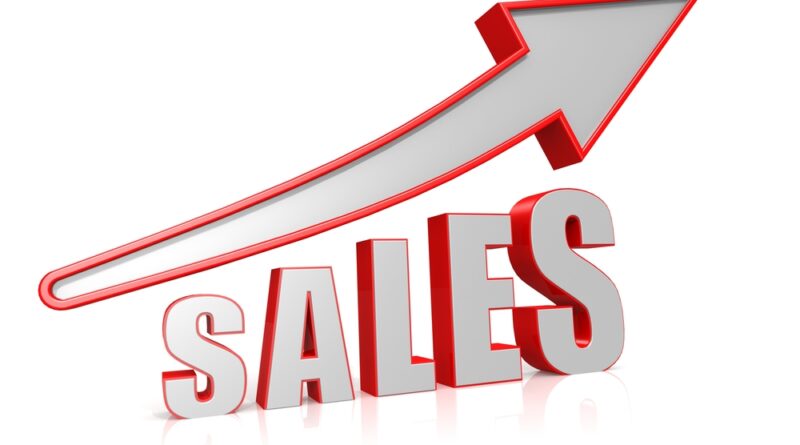How to Get the Right High Sales For Your business
Selling high-ticket items can be intimidating at first. Luckily, there are ways to overcome the fear and become more comfortable in your high-ticket sales role. These strategies include developing a customer persona, utilizing a sales funnel, and pre-qualifying leads. As long as you have patience, high-ticket sales can be transformative for your company’s bottom line and your commission payout.
Selling high-ticket items
When you sell high ticket sales items, you need to know how to engage your audience. After all, high-ticket buyers are looking for a more personal experience and a trusted advisor. To attract their attention, you must provide excellent value and a personal connection. The best way to do this is to create content that will help you connect with your audience.
High-ticket items are more likely to generate a steady revenue stream. In contrast to low-ticket items, selling high-ticket items will require some research and market analysis. If you’re selling consumer electronics, you’ll want to find out which products are most in demand. In addition, your product needs to meet the needs of your customers. Selling high-ticket items will help you build a stable reputation in your niche.
Creating a customer persona
When creating a customer persona, you need to know what makes your customers tick. By understanding your customers’ lives, you can make your marketing messages more effective. For example, knowing how much they drive each day is helpful in understanding fuel economy. You should also know what their recreational activities are. Perhaps they drive their kids to sports and enjoy family vacations. In this case, the car you sell to them will need to be fuel-efficient.
A customer persona is very useful for improving marketing content, influencing conversions, and identifying areas where you can improve. If you’re unsure of who your customers are, you can get help by performing customer research. Customer research reports contain detailed information about demographics, preferences, and pain points. You can use this information to create a persona for each type of customer.
Creating a sales funnel
Creating a sales funnel for high ticket products requires special care. These items often require human interaction and reassurance before someone will purchase. For instance, if someone is buying a Tesla, they will want to know that they can trust their purchase. The high ticket items that need human interaction will often have multiple layers, from a free consultation to free bonuses. To be successful, you must create a powerful sales funnel and focus on finding the right audience.
Creating a sales funnel for high ticket products will require more work than creating a traditional funnel, but it will pay off in higher profits per sale. Moreover, implementing this type of funnel will allow you to be more creative and avoid interference from your customers. It will also enable you to move your customers from the initial stage of the funnel to the final one faster than a standard funnel, which means more income in less time and a healthier bottom line.
Pre-qualifying leads
One of the most important steps to generating high ticket sales is to pre-qualify leads. By using the right questions and the right methods, you can find out if the people you are contacting are a good fit for your product. You can start by asking them about their goals, pain points, and time frame. Next, ask if they have any upcoming deadlines or events.
Among the most important things to keep in mind while pre-qualifying leads is the decision-making power of the person. If you cannot tell whether the lead is a decision maker, you risk wasting time talking to the wrong person. Additionally, you may find that you have to repeat yourself if the lead is not able to make a decision. Remember, people live in a fast-paced world with multiple priorities, large to-do lists, and deadlines. Knowing whether a person is a decision maker is essential in ensuring that your sales pitch is effective and that the customer is willing to buy your product or service.




